Managing IT with a mobile phone
Use your smartphone as a handy system administration tool - whenever and wherever you are.
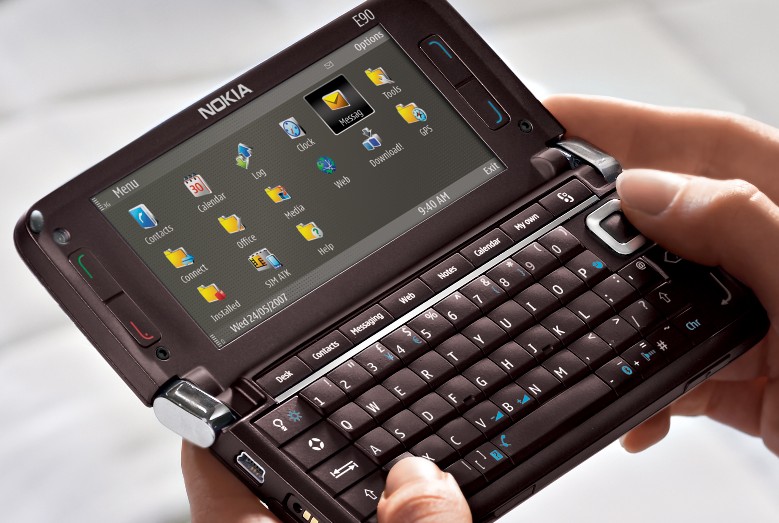
Smartphones have changed the way we work. Email and web on the road are powerful tools that give us the information we want wherever we are. They even give us access to productivity tools - with basic word processors and spreadsheets. With fast 3G connections, and open development platforms, they're also becoming effective network and system management tools.
System administrators used to curse their pagers, as a message would mean a long drive into the office. The latest generation of mobile administration tools mean they can handle most issues from their phone - saving time and keeping staff happier. There are various ways mobile devices can be used to provide access to support and administration tools. Remote desktop tools give direct access to servers, while mobile versions of desktop administration tools use phone screens to handle administration tasks without requiring the whole desktop experience.
Microsoft has been bundling a version of its Remote Desktop tool with its Windows Mobile devices for some time. Like the desktop version, the mobile version of Remote Desktop delivers the UI of a server or a desktop PC straight to your mobile device. Navigating around the screen can be tricky, especially if you're using a small device. With the advent of larger, higher resolution, screens using Remote Desktop becomes a lot easier, and we'd recommend using it with a VGA or better screen resolution. Windows Mobile Phones like Toshiba's Portege and Sony Ericsson's new Xperia X-1 have WVGA screens with 800 x 480 resolutions, making remote desktop tools easy to use.
There's a small problem for mobile users wanting to manage Microsoft's latest OS releases, as it has introduced new features in the Windows Server 2008 and Vista versions of its Terminal Services server. While the current versions of the mobile Remote Desktop client work with the new server, Microsoft spokespeople have stated that a new client seems to be unlikely, and mobile users will be unable to use some of the Terminal Services newer security features. Basic functions - including remote desktop access - will continue to work.
Other remote desktop options
There is an alternative in the shape of the open source VNC remote desktop tool. This requires additional server software, and isn't as bandwidth efficient as the Terminal Services RDP protocol. However, VNC servers are available for other server operating systems - including most Unixes and Mac OS X. One advantage of VNC is that any VNC server can be accessed with any VNC client - and there are VNC clients for Windows Mobile, Symbian and BlackBerry. There's even a J2ME VNC client, bringing remote desktop access to any mobile device that can run Java applications.
VNC and Remote Desktop are best thought of as tools for high-end devices. They're processor and bandwidth intensive (especially if you're forced to use GPRS). There's also an issue with bringing mouse driven GUIs to small screen devices, where keypad navigation is slow and awkward, and the lack of a touch screen makes it difficult to emulate a mouse. A Blackberry's thumbwheel isn't the best of tools for working with a remote desktop.
Get the ITPro daily newsletter
Sign up today and you will receive a free copy of our Future Focus 2025 report - the leading guidance on AI, cybersecurity and other IT challenges as per 700+ senior executives
There are alternatives to Remote Desktop and VNC. One option is Citrix's GoToMyPC, which allows support staff to access users' desktops at the same time as the user - making it easier to show users how to use software or to see just how a bug manifests itself. GoToMyPC now has a Windows Mobile client, so problems can be escalated to mobile support staff from the help desk.
Small screen devices need specialised administration software that translates a server GUI into a mobile application. Unlike remote desktop tools, remote administration software requires either a local server to handle access to administration tools or agent software running on each server.
One company that's produced a suite of mobile administration tools is Rove. Perhaps more familiar under its old name Idokorro, Rove produces a range of tools for Blackberry and Windows Mobile devices, as well as Symbian phones.
Its best known product is Mobile Admin. This targeted at Windows Server-hosted applications, and supports a range of servers and services. Rove's Mobile Admin can be used to manage Active Directory and Exchange, as well as Internet Information Services. You can also use it to manage non-Microsoft systems including Novell and Lotus Domino, and there's support for HP's lights-out management platform - so you can remotely boot and update servers from your phone.
Administration connections need to be secure, and if you're using a Blackberry Mobile Admin uses your existing Blackberry data connection to encrypt all traffic with either AES or Triple DES. Other devices are limited to SSL, or you can use an existing VPN if your mobile device supports VPN connections.
Mobile Admin uses standard management interfaces to work with your network. While most services use WMI to expose management services, some like Exchange and Internet Information Services need additional software on the machine that hosts the Mobile Admin server.
-
 Should AI PCs be part of your next hardware refresh?
Should AI PCs be part of your next hardware refresh?AI PCs are fast becoming a business staple and a surefire way to future-proof your business
By Bobby Hellard
-
 Westcon-Comstor and Vectra AI launch brace of new channel initiatives
Westcon-Comstor and Vectra AI launch brace of new channel initiativesNews Westcon-Comstor and Vectra AI have announced the launch of two new channel growth initiatives focused on the managed security service provider (MSSP) space and AWS Marketplace.
By Daniel Todd
-
 What 2023 will mean for the industry
What 2023 will mean for the industryWhitepaper What do most IT decision makers really think will be the important trends and challenges in the coming year?
By ITPro
-
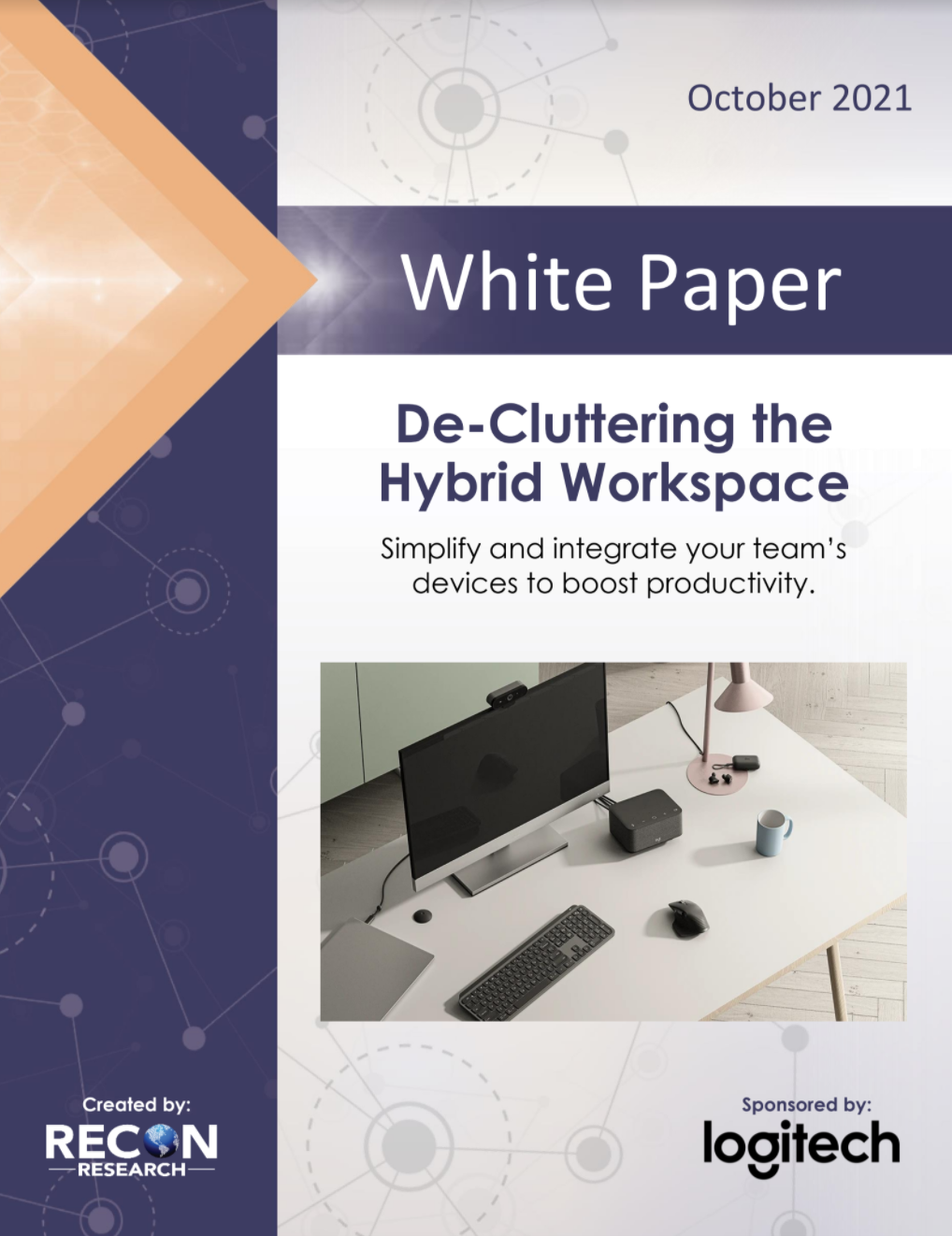 De-cluttering the hybrid workspace
De-cluttering the hybrid workspaceWhitepaper Simplify and integrate your team’s devices to boost productivity
By ITPro
-
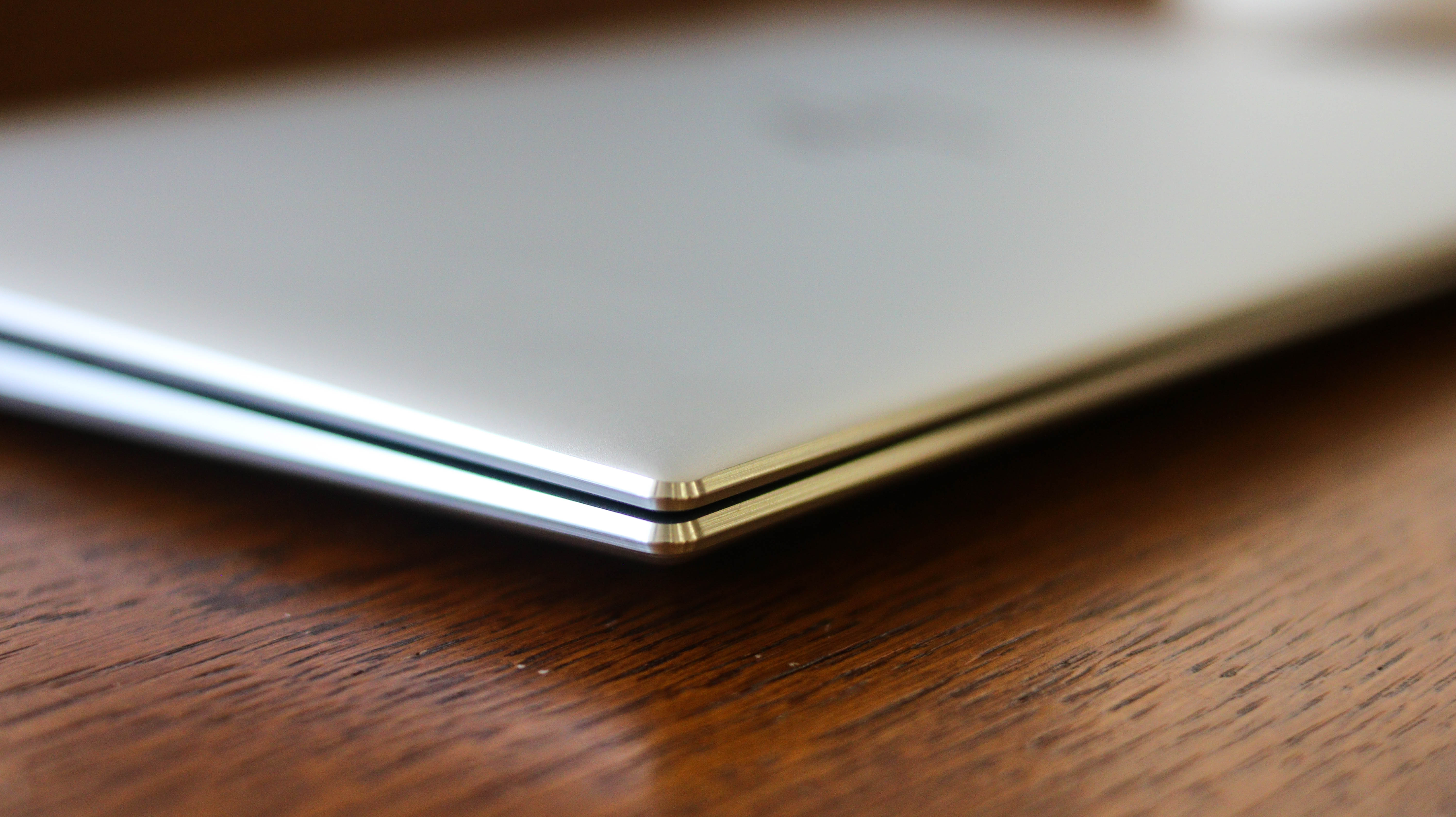 Laptop shipments soar 81% in the first quarter of 2021
Laptop shipments soar 81% in the first quarter of 2021News Work-from-home patterns unlock demand for laptops, with more to come
By Danny Bradbury
-
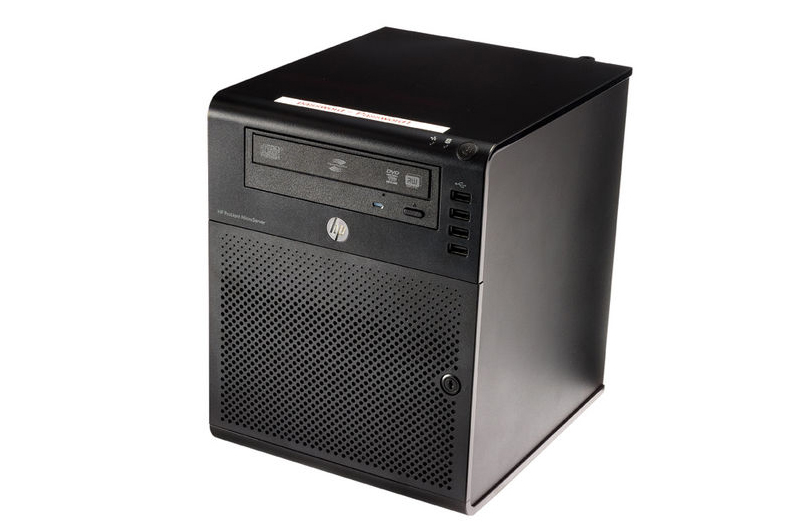 HP ProLiant MicroServer N36L review
HP ProLiant MicroServer N36L reviewReviews HP's ProLiant MicroServer may look like a consumer NAS box, but it's actually aimed at small businesses as a better-designed alternative to a PC for file sharing. We take a closer look to see what else this little cube has to offer.
By Dave Mitchell
-
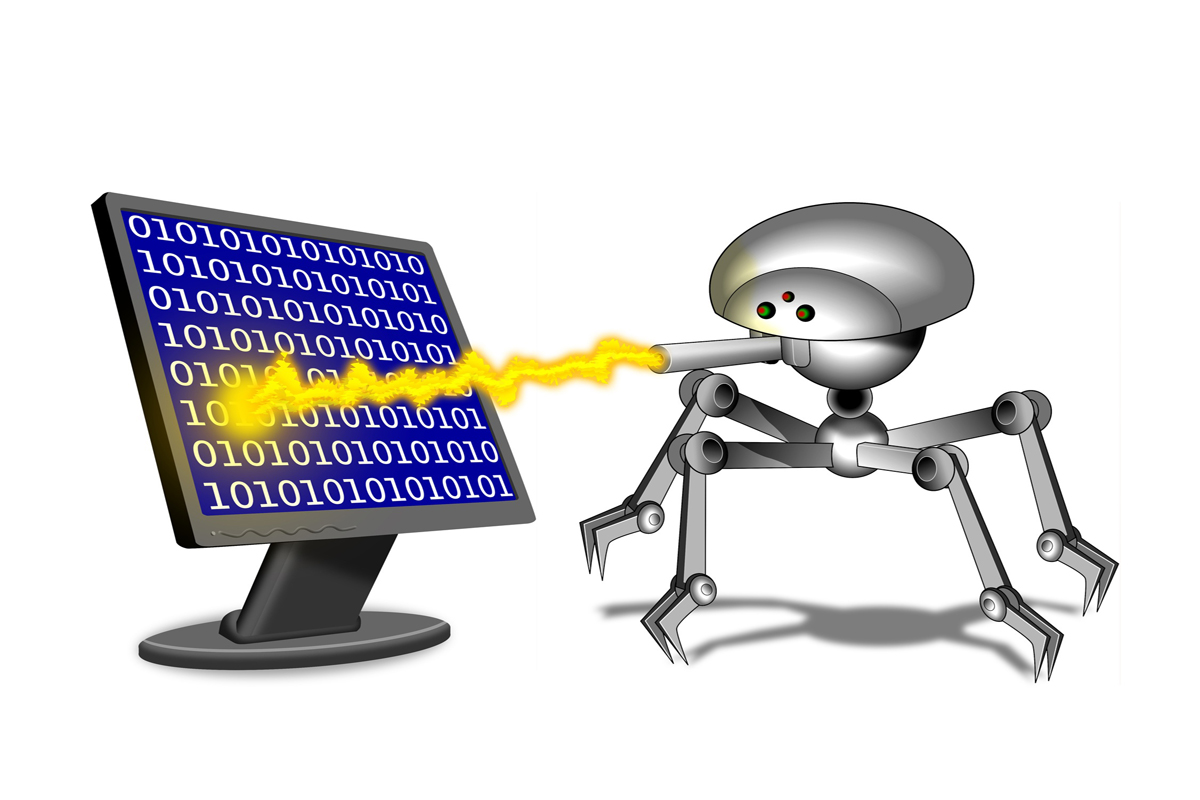 HP Webscan remote access open to abuse?
HP Webscan remote access open to abuse?News Zscaler finds fault with default security settings.
By Eric Doyle
-
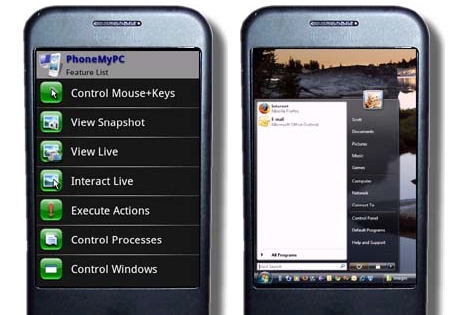 Top 10 remote desktop applications
Top 10 remote desktop applicationsIn-depth We take a look at the pick of the bunch when it comes to remote desktop applications for your smartphone.
By Clare Hopping